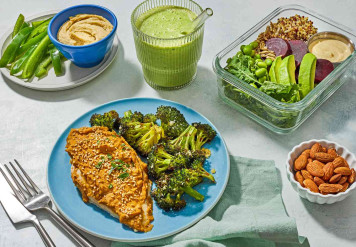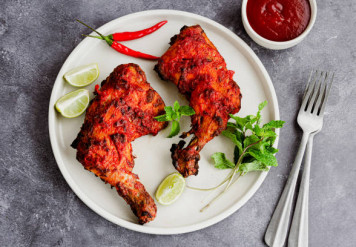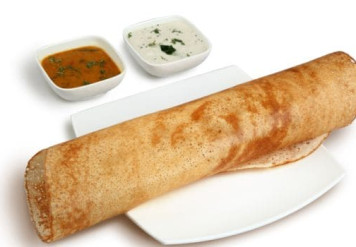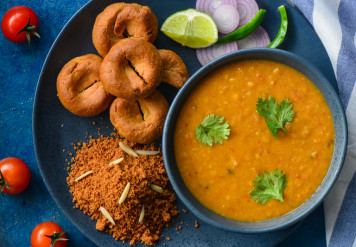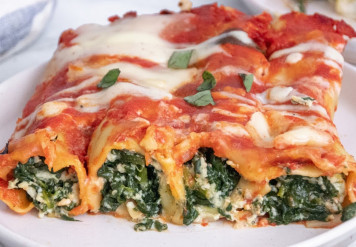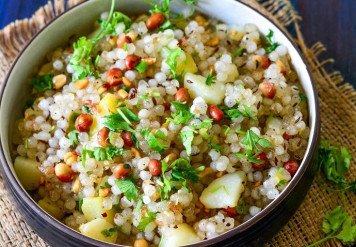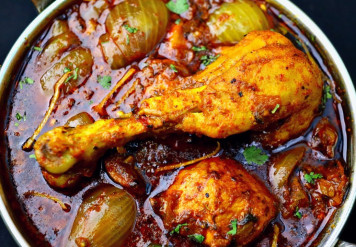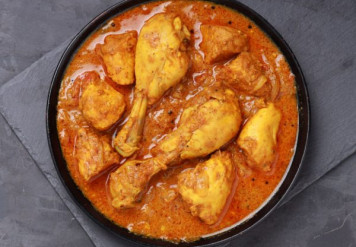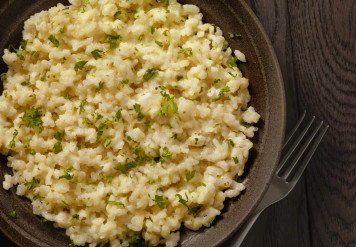Balanced Diet
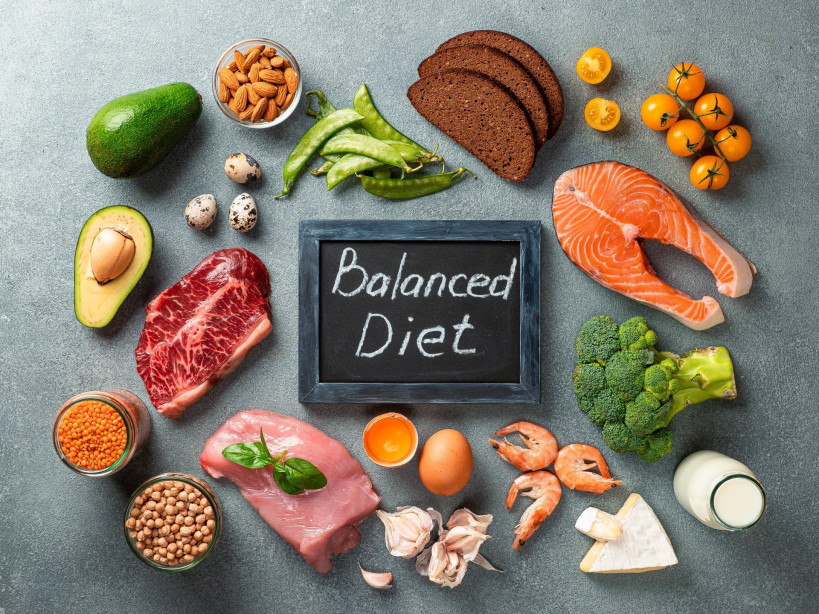
A balanced diet is the foundation of good health and energy. It ensures your body gets the right mix of nutrients, vitamins, and minerals to function at its best. Let’s explore how to build a plate that supports wellness every day.
Before you begin
Understanding what makes up a balanced diet is key. It’s not about strict restrictions but rather about variety and moderation. Your plate should include proteins, carbohydrates, healthy fats, fiber, vitamins, and minerals in the right proportions.
Here are the basics
Fruits and Vegetables: Aim to fill half your plate with colorful fruits and veggies. They are rich in fiber, antioxidants, and essential nutrients.
Proteins: Include lean meats, fish, eggs, beans, or lentils. Proteins repair tissues and support muscle growth.
Whole Grains: Brown rice, oats, whole wheat, and quinoa provide energy and keep you fuller for longer.
Healthy Fats: Use sources like nuts, seeds, avocado, and olive oil. They support brain health and hormone balance.
Hydration: Water is often overlooked but is crucial for digestion, circulation, and energy levels.
In the kitchen
When planning meals, think of balance instead of restriction. For example, a lunch plate might include grilled chicken, brown rice, and a fresh salad with olive oil dressing. For vegetarians, lentil curry with whole wheat roti and sautéed vegetables is equally nourishing.
Portion control is important. Eating moderate portions of all food groups prevents overeating and maintains steady energy throughout the day. Avoid skipping meals—it often leads to unhealthy snacking later.
Limit processed foods, added sugars, and excessive salt. Instead, focus on fresh, whole foods that bring natural flavor and nutrition to your diet.
A balanced diet doesn’t have to be complicated. By making mindful food choices and including variety, you can create meals that are both delicious and nourishing for long-term health.

